Can Cats Eat Crackers? The Risks and Benefits of Giving Crackers to Cats
- 13 Mar 2025 11:32
As a cat owner, you may be tempted to share a bite of your favorite snack with your feline friend. Crackers, often a go-to snack for humans, may seem like a harmless treat to offer your cat. However, before giving your cat a cracker, it’s essential to understand whether it's safe and if it can benefit your pet in any way.
So, can cats eat crackers? The short answer is yes, but only in moderation. Crackers are not toxic to cats, but they aren't a recommended treat for them either. Let's take a deeper look at why crackers should be offered sparingly, and how they might affect your cat's health.
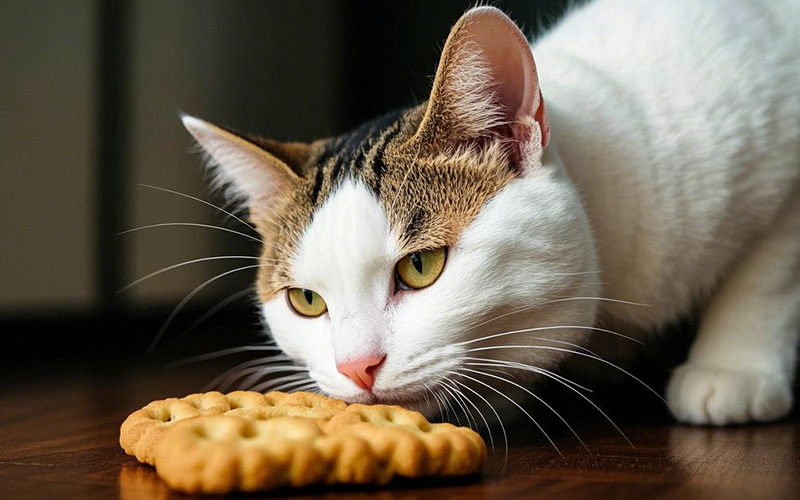
What Are Crackers Made Of? 🥨
Crackers are usually made from a combination of flour, salt, fat (often butter or oil), and sometimes sugar. Depending on the type of cracker, there might also be additional flavorings, preservatives, or herbs. While these ingredients are safe for humans in moderation, they don't necessarily provide the nutritional benefits that your cat needs.
Can Cats Eat Crackers? 🐱
Yes, cats can eat crackers, but they are not ideal for their diet. While crackers themselves aren’t toxic, they are not a natural part of a cat’s nutritional needs. Cats are obligate carnivores, meaning they thrive on animal-based proteins and fats, rather than carbohydrates or processed foods like crackers.
Here are a few things to consider before sharing your crackers with your cat:
Lack of Nutritional Value 🥺: Crackers offer very little in terms of nutritional benefits for cats. They are primarily made of carbohydrates and fats, and while these may provide energy, they don’t offer the essential nutrients that cats need, such as protein and vitamins.
High Carbohydrate Content 🍞: Cats have little need for carbohydrates in their diet. Unlike humans or dogs, their bodies aren’t designed to process carbs in large quantities. Giving your cat crackers too often can lead to weight gain and possibly obesity, as cats aren't able to digest carbs as efficiently as we can.
Excessive Salt 🧂: Some crackers can be quite salty. Cats are sensitive to salt, and too much salt can lead to dehydration, kidney issues, and high blood pressure. Consuming too many salty foods can also make your cat more prone to urinary tract problems.
Additives and Flavorings 🏷️: Some crackers contain artificial flavorings, seasonings, or preservatives that aren’t safe for cats. Onions, garlic, and xylitol (a common sweetener) are toxic to cats and could be present in flavored crackers, posing a significant health risk if ingested.
Potential Risks of Giving Crackers to Cats 🚨
While crackers aren't inherently dangerous, there are some risks to be aware of:
Digestive Upset 💩: Cats’ digestive systems are designed to process meat, not carbohydrates and processed grains. Too many crackers could lead to gas, diarrhea, or upset stomach in your cat.
Weight Gain and Obesity ⚖️: Because crackers are high in carbs and often contain fats, giving your cat too many can contribute to weight gain. Overweight cats are at a higher risk for diabetes, joint issues, and other health problems.
Toxic Ingredients ⚠️: As mentioned, some flavored crackers contain ingredients that are toxic to cats, such as garlic, onion powder, or xylitol. Always check the ingredients list before offering crackers to your cat.
Choking Hazard 🚨: Crackers are often hard and crunchy, which can pose a choking hazard to cats, especially if they are not chewed properly. Be cautious if you’re feeding them any type of cracker.
How to Safely Feed Crackers to Your Cat 🍪
If you do decide to share a cracker with your cat, here are some tips for doing so safely:
Give Small Portions 🐾: Only offer a small piece of cracker as an occasional treat. It should not replace your cat’s regular diet or be given in large amounts.
Choose Plain, Unsweetened Crackers 🍞: Opt for plain, unsalted crackers with no added seasonings, sugar, or artificial ingredients. Avoid any crackers that may contain onion or garlic powder, as these are toxic to cats.
Monitor for Reactions 👀: After giving your cat a cracker, watch for any signs of digestive upset, such as vomiting, diarrhea, or changes in appetite. If you notice any unusual symptoms, avoid giving crackers to your cat in the future.
Limit Frequency ⏰: Crackers should be an occasional snack, not something you offer regularly. Cats need a balanced diet with plenty of animal-based proteins to maintain optimal health.
Healthier Alternatives to Crackers for Cats 🥩🍗
If you’re looking for a healthier snack for your cat, consider these options that are far more beneficial for their health:
Small pieces of cooked chicken 🍗: A lean source of protein that cats love and need.
Catnip 🌿: Many cats enjoy catnip, which provides a fun and stimulating experience.
Cat-safe treats 🍖: Look for treats specifically formulated for cats, which are rich in protein and low in carbohydrates.
Canned tuna 🐟: A cat favorite! Be sure it’s packed in water, not oil, and only offered in small amounts.
PettureX: Your Pet’s Health Assistant 🐾💻
If you ever have questions about what foods are safe for your cat or need guidance on your pet's health, PettureX can help. This AI-powered pet health assistant provides 24/7 consultations and offers tailored advice on what’s safe and beneficial for your furry friend.
Conclusion: Can Cats Eat Crackers? 🍪
In conclusion, cats can eat crackers in moderation, but they should not be a regular part of their diet. Crackers offer minimal nutritional value and can contribute to digestive issues, weight gain, and even toxic reactions depending on the ingredients.
For a healthier alternative, stick to snacks that are designed for cats, like small pieces of meat, catnip, or specially formulated cat treats.
Always be cautious when offering human food to your cat, and when in doubt, consult a professional to ensure you’re making the best choices for your pet’s health.
Related

Marshmallows and Cats: A Puffy Problem? Why Vets Say No to This Sugary Snack
- 22 Apr 2025
Kefir for Kitties? A Veterinarian-Reviewed Guide to Safety, Benefits & Risks
- 22 Apr 2025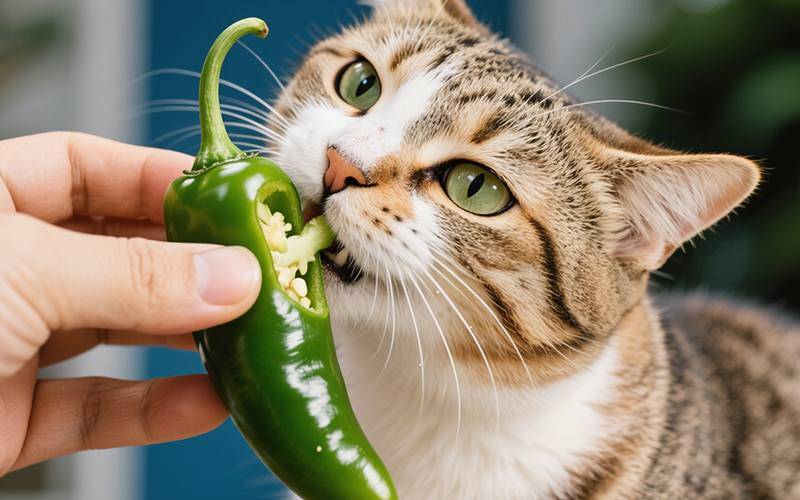
The Burning Question: Can Cats Eat Jalapenos? A Comprehensive Safety Guide
- 21 Apr 2025
Cool Temptation: Can Cats Eat Ice Cream Safely? The Vet-Backed Truth
- 21 Apr 2025
Frankly Dangerous: Can Cats Eat Hot Dogs? Vet Explains the Serious Risks
- 16 Apr 2025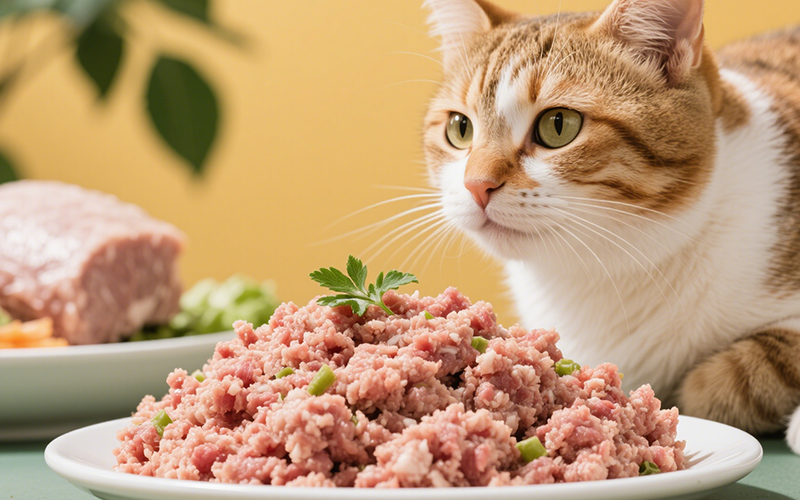
A Purrfect Protein? Can Cats Eat Ground Turkey Safely? (Vet-Reviewed Guide)
- 16 Apr 2025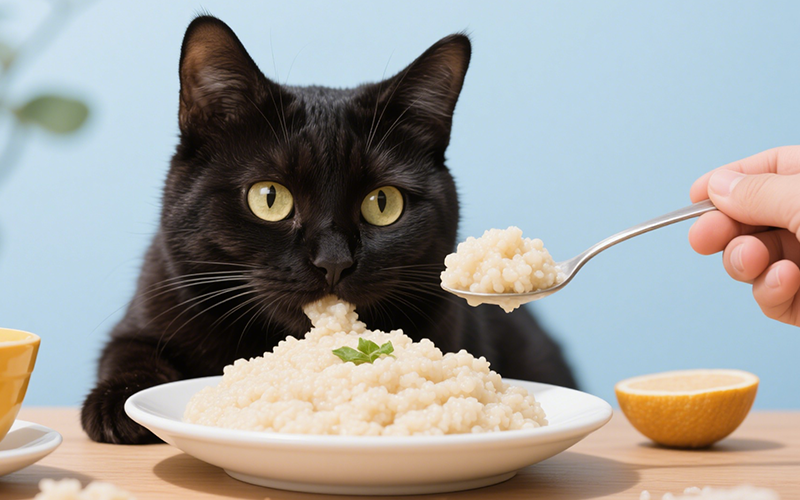
Gritty Situation: Can Cats Eat Grits Safely? Vet Explains the Risks
- 16 Apr 2025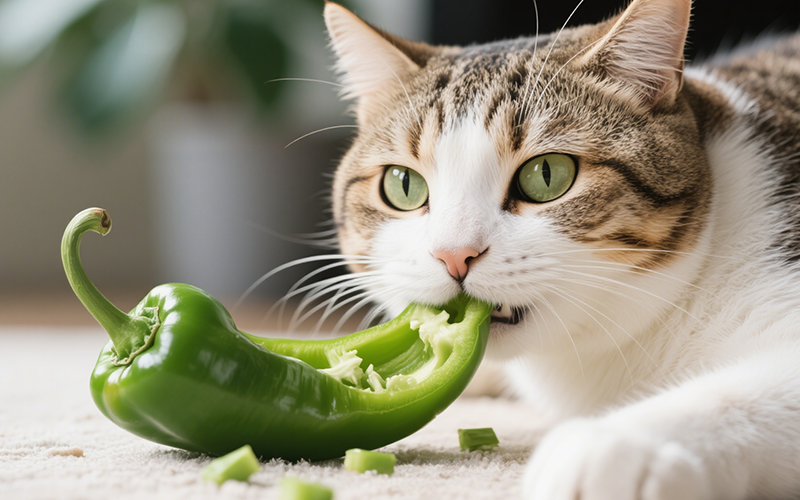
Crunchy Query: Can Cats Eat Green Peppers? A Vet-Reviewed Safety Analysis
- 16 Apr 2025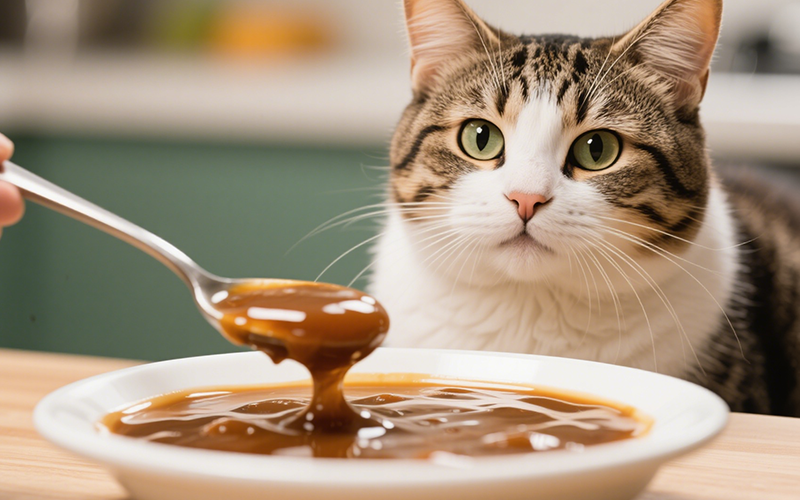
Gravy Danger Zone: Can Cats Eat Gravy Safely? (Vet-Reviewed Warning)
- 16 Apr 2025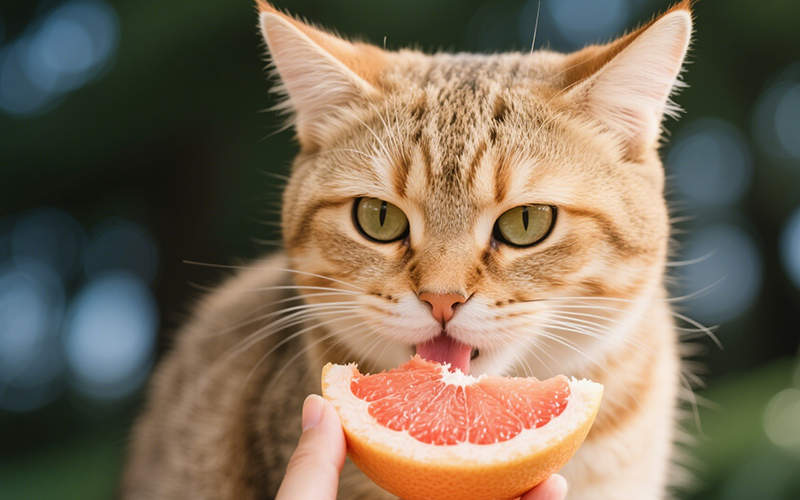
Toxic Temptation: Can Cats Eat Grapefruit? Vet Explains the Dangers
- 16 Apr 2025
